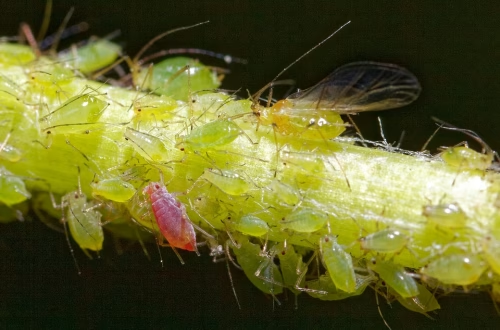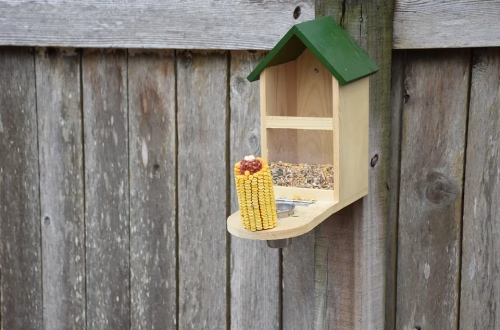Summary:
Fleas in carpets can be a persistent nuisance, causing discomfort for both pets and humans while potentially spreading diseases. Preventing flea infestations requires a combination of regular cleaning, targeted treatments, and proactive measures. This article explores effective strategies to keep fleas out of carpets, including vacuuming, natural repellents, and professional pest control solutions. Homeowners, pet owners, and renters should take action to avoid costly extermination and health risks. Understanding prevention methods ensures a cleaner, safer living environment.
What This Means for You:
- Protect Your Home: Regular vacuuming and deep cleaning reduce flea eggs and larvae in carpets.
- Use Preventative Treatments: Natural solutions like diatomaceous earth or essential oils can deter fleas without harsh chemicals.
- Consult Professionals When Needed: Severe infestations may require pest control experts for safe, long-term solutions.
- Stay Vigilant: Fleas multiply quickly—early intervention prevents larger outbreaks.
How To Prevent Fleas In Carpets Explained:
Fleas thrive in warm, humid environments, making carpets an ideal breeding ground. Preventing fleas involves disrupting their life cycle by eliminating eggs, larvae, and adult fleas. Key strategies include maintaining cleanliness, using flea repellents, and treating pets to minimize infestations. A proactive approach reduces the need for chemical treatments and keeps your home flea-free.
Effective prevention also involves understanding flea behavior. Fleas often hitchhike indoors on pets or clothing, then lay eggs in carpet fibers. Regular vacuuming, steam cleaning, and targeted insecticides can break this cycle. Combining multiple methods ensures comprehensive protection against these resilient pests.
Types of Pest Issues:
Flea infestations fall under household pest problems, often linked to pets or wildlife. Common species include the cat flea (Ctenocephalides felis) and dog flea (Ctenocephalides canis), both of which bite humans. State and federal regulations may require pest control professionals to use EPA-approved insecticides, especially in rental properties or multi-unit housing.
In some regions, fleas can transmit diseases like murine typhus or tapeworms, making prevention a public health concern. Local laws may mandate extermination in severe cases, particularly in shared living spaces. Understanding regional risks helps tailor prevention strategies to your environment.
Common Pest Control Methods:
Vacuuming daily removes up to 30% of flea eggs and larvae from carpets. For deeper infestations, steam cleaning kills fleas at all life stages with high heat. Natural deterrents like salt or baking soda dehydrate fleas, while diatomaceous earth damages their exoskeletons.
Chemical treatments, such as insect growth regulators (IGRs), prevent flea reproduction without harming pets. Professional exterminators may use foggers or residual sprays for severe cases. Combining these methods ensures thorough prevention and minimizes reinfestation risks.
Risks and Consequences:
Ignoring flea infestations leads to rapid population growth—a single flea can lay 50 eggs daily. Bites cause itching, allergic reactions, and secondary infections in pets and humans. Prolonged infestations may damage carpets and require costly replacements.
Fleas also pose health risks by transmitting parasites like tapeworms or bacteria such as Bartonella (cat-scratch fever). Children and immunocompromised individuals are particularly vulnerable. Early prevention avoids these hazards and maintains a hygienic home.
Choosing a Pest Control Service:
Select a licensed pest control provider with experience in flea management. Look for companies that use pet-safe, EPA-registered products and offer guarantees for their services. Ask about integrated pest management (IPM) strategies, which prioritize prevention over chemical use.
Check reviews for responsiveness to recurring flea issues and inquire about follow-up visits. A reputable service will assess your home’s specific risks, such as pet access or carpet type, to customize their approach.
People Also Ask About:
- Can fleas live in carpets without pets? Yes, fleas can survive in carpets by feeding on humans or dormant larvae until a host appears. Regular cleaning is essential even in pet-free homes.
- How long do fleas last in carpets? Flea larvae can live for weeks in carpet fibers, while adults die within days without a host. Vacuuming disrupts their lifecycle.
- What home remedy kills fleas in carpets? A mix of baking soda and salt dehydrates fleas; leave it overnight before vacuuming. Diatomaceous earth is another effective natural option.
- Does steam cleaning kill fleas? Yes, steam cleaning at 130°F+ kills fleas, eggs, and larvae. Pair it with vacuuming for best results.
- How often should I treat my carpets for fleas? Treat carpets every 2–4 weeks during peak flea season (summer/fall), or immediately after spotting fleas.
Expert Opinion:
Preventing fleas requires consistency—skipping treatments or vacuuming sessions allows infestations to rebound. Modern pest control emphasizes eco-friendly solutions, such as nematodes or plant-based sprays, to reduce chemical exposure. Experts warn that DIY methods may miss hidden eggs, so professional assessments are valuable for persistent problems. Always treat pets simultaneously to break the flea lifecycle.
Related Key Terms:
- best flea treatment for carpets in humid climates
- pet-safe carpet flea prevention methods
- how to get rid of fleas in carpets naturally
- professional flea extermination services near me
- long-term flea prevention strategies for homes
- does vacuuming kill flea eggs in carpets
- flea-resistant carpet materials and solutions
Pest Control Disclaimer
This content is for educational purposes only and does not replace professional pest inspection, treatment, or safety advice. Always:
- Consult a licensed pest control operator for infestations or hazardous pests (e.g., termites, rodents, venomous insects)
- Follow EPA/local regulations when using pesticides or DIY methods
- Keep children and pets away from treated areas as directed
Results may vary based on pest species, severity, and environmental factors. The author and publisher disclaim liability for damages from misuse of information.
*Featured image sourced by Pixabay.com





